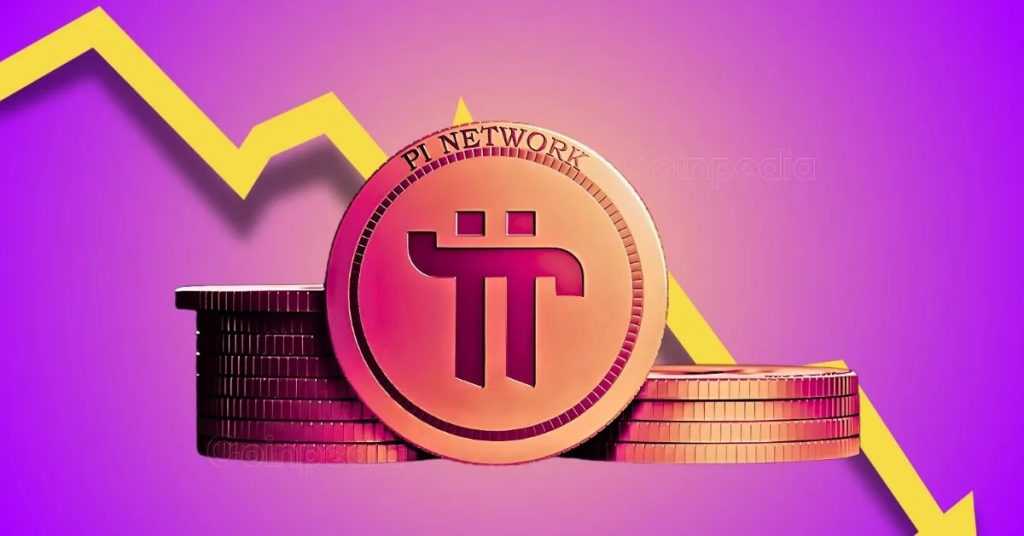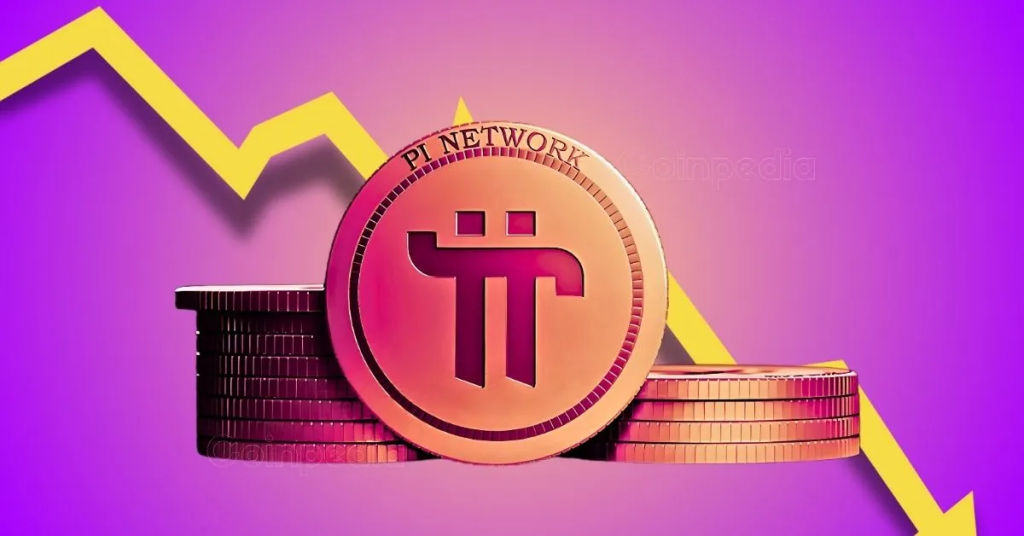
The post Pi Network Price May Never Hit $10 appeared first on Coinpedia Fintech News
Pi Network has been making headlines in the crypto community, with growing speculation about a possible Binance listing and bold predictions that its price could surge to $10. However, a closer look at the market data and technical indicators shows that such expectations may be overly optimistic for now.
Impressive Growth, But Fundamental Challenges Remain
In the 100 days since Pi Network’s Open Mainnet launch, the project has achieved milestones. Over 3 million new users have joined the platform, bringing the total number of active pioneers to more than 13 million. Additionally, over 400,000 nodes are now live, supporting the decentralized network.
Several new initiatives have been rolled out, including Pi Ventures, a $100 million fund for startups, and Fruity Pi, a casual gaming app. The recent PiFest 2025 event also saw over 1.2 million sellers participate, showing the network’s attempt to evolve from a mining app into a functioning commercial ecosystem.
Despite this progress, Pi Coin’s price has struggled in recent weeks. The token fell by nearly 30% over the past month and is currently down over 7% today, trading around $0.50. This drop brings the price alarmingly close to a key support level at $0.40.
Technical indicators also paint a bearish picture. The Relative Strength Index (RSI 14) has fallen to 30, typically a sign of oversold conditions. However, analysts observe there’s no confirmation of a bullish reversal yet. One crypto analyst stated on social media, “I’ll be surprised if Pi doesn’t hit $0.40 in July.”
Is $10 a Realistic Target?
According to a recent Pi Network price prediction by CoinDCX, the early part of 2025 was expected to see bulls taking strong control, potentially driving Pi’s price above $4.80 to $5.00 by mid-year. However, as we’re now at the halfway point of the year, those bullish targets remain far from reality, with Pi currently struggling around $0.50. The platform’s longer-term forecast sees Pi ranging from $3.3 to $5.5 in 2025, and potentially reaching $9.1 by 2027.
For Pi to approach the much-hyped $10 mark, it would require sustained demand, increased exchange listings, and greater real-world utility — none of which are confirmed at this stage. Even if Pi were to reclaim its previous peak valuation relative to Bitcoin, it would only imply a 190% increase from current levels, putting its market capitalization at approximately $26 billion.
Such a valuation would place Pi among the top 10 cryptocurrencies, a position many analysts believe would be difficult to justify given the project’s current adoption and liquidity.








